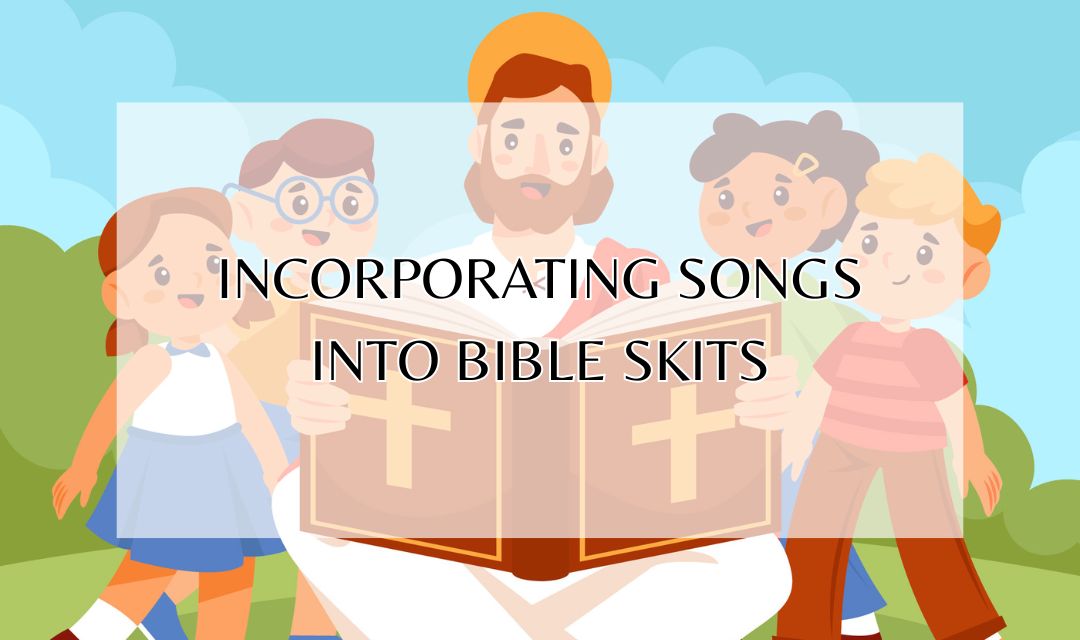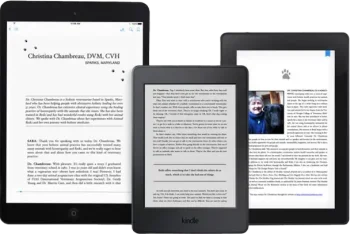What captures your attention the most in stories. While most of the people will say that it’s the plot that drives the narrative. While others will conform to the fact that it’s the music that stick to your mind for a long time. music has always been a driving force for people. no matter whether you are into performing arts or learning religions.
Bible Musical Plays and its Relevance:
Bible musical plays is one of the reason people are attracted more and more for spiritual learning and healing of their mind and soul. These plays go beyond simple storytelling, bringing biblical lessons to life in a way that captivates audiences of all ages. Whether you’re crafting a Nativity scene for Christmas skits or depicting stories of resurrection in Easter skits for church, music and movement can transform your skit into an unforgettable experience.
However, still there are two ends of the string where most of the people will conform to the transformation most of the biblical musical plays brings to your mind. While other may not be comfortable of using music as an art form telling you the stories of the bible.
Why Use Songs in Spiritual Skits?
Songs create an emotional connection. Research shows that music activates different parts of the brain, improving memory and understanding. A 2019 study published in the Frontiers in Psychology journal found that music improves retention of spoken words by up to 40%. This makes songs a useful tool in teaching biblical stories.
Spiritual skits, which are short performances based on biblical themes, become more powerful with music. They can capture the audience’s attention and convey lessons more effectively. That promises to retain in the memory of the listeners for a longer period of time.
However, on the other hand it is important to take following aspects into consideration to make sure that one is able to attain maximum results from performances.
How to Choose the Right Song?
- Relevance:
One of the most important aspect that people should incorporate into their skits is relevance. It is essential to select songs that match the theme of the skit.
- Audience:
Consider the age and preferences of the audience. Kids respond well to upbeat, simple tunes like “This Little Light of Mine.”
- Message:
Ensure the lyrics align with the Bible’s teachings. For that either you need to dive down deep into the musical plays or look out for help from Priest and other holy man who are suited to guide you for the message that aligns with the message of the holy book.
For Christmas skits, you might use traditional carols like “O Holy Night” or “Silent Night” to create a festive and spiritual atmosphere. Similarly, Easter skits for church can include songs like “Because He Lives” or “Were You There?” These songs enhance the meaning of the skit and connect deeply with the audience.
How to be Effective and accurate:
When it comes to choosing and performing the right Easter skits for church there are few things that will help all the performers.
- Practice:
Rehearse with the cast to ensure everyone is comfortable. Repeating the performance and delivering the right message could only be possible when you have extensively performed with your team and they are all comfortable with the approach.
- Keep It Simple:
There is a very thin line when it comes to bible musical plays and musical plays in common. If you want the audience to keep their interest alive and also get the message across. Avoid overly complex moves or songs. The goal is to enhance the message, not overshadow it.
- Time Management:
Another important details is to know where and how the clock ticks. Plan the length of the skit carefully, ensuring it doesn’t exceed the audience’s attention span.
- Use Props:
Props can enhance visual storytelling. For instance, a star for Christmas skits or a cross for Easter skits for church can add meaningful symbolism. It helps the audience to identify with the message of the cross as well as it increases the visual appeal of the whole show.
Benefits of Songs and Choreography in Bible Musical Plays:
- Improved Retention:
Songs and movements make the stories more memorable. People often remember melodies and actions better than spoken words alone. Adding a tune to key points in a Bible story can make it easier for children and adults alike to recall the message. For instance, pairing a song about love and forgiveness with the parable of the Prodigal Son helps reinforce its core lesson.
- Engagement:
Music and choreography capture attention. They make the skits more enjoyable and engaging for both performers and audiences. A lively song paired with interactive movements draws the audience into the story, encouraging participation and focus. This level of engagement ensures the message doesn’t just reach the audience but resonates with them.
- Universal Appeal:
Music transcends language barriers. It helps convey the message to diverse audiences. Whether performed in a local dialect or a universally known tune, music creates a shared experience. For example, a skit featuring a well-loved hymn can unite a congregation, regardless of their cultural background, and emphasize the universal nature of biblical teachings.
- Emotional Impact:
Songs can evoke emotions that deepen the connection to the story. A well-chosen song can make a skit’s message more powerful.
Conclusion:
Bible musical plays are an innovative way to teach and inspire. By incorporating songs and choreography, these performances become more dynamic and memorable. Whether it’s Christmas skits, Easter skits for church, or other spiritual skits, music and movement can transform simple stories into unforgettable experiences.

